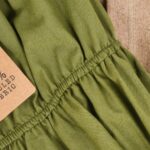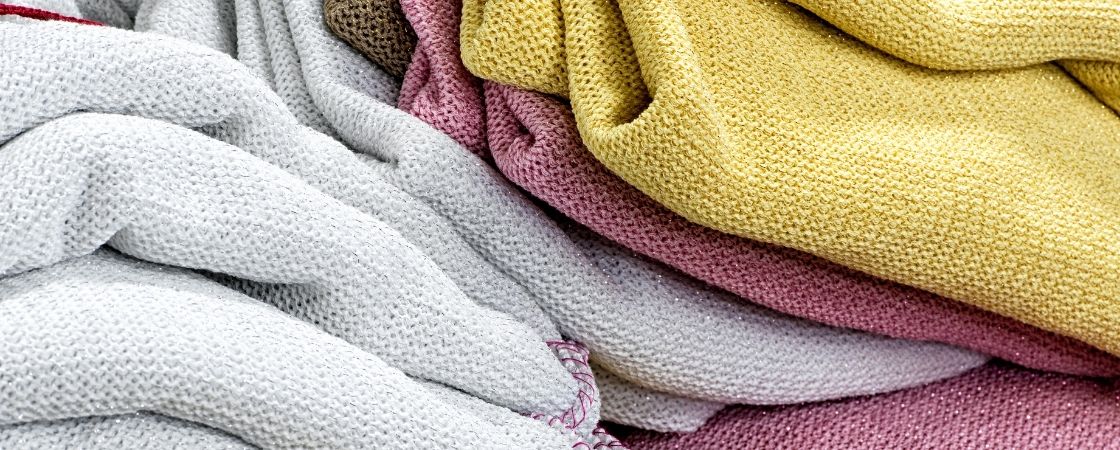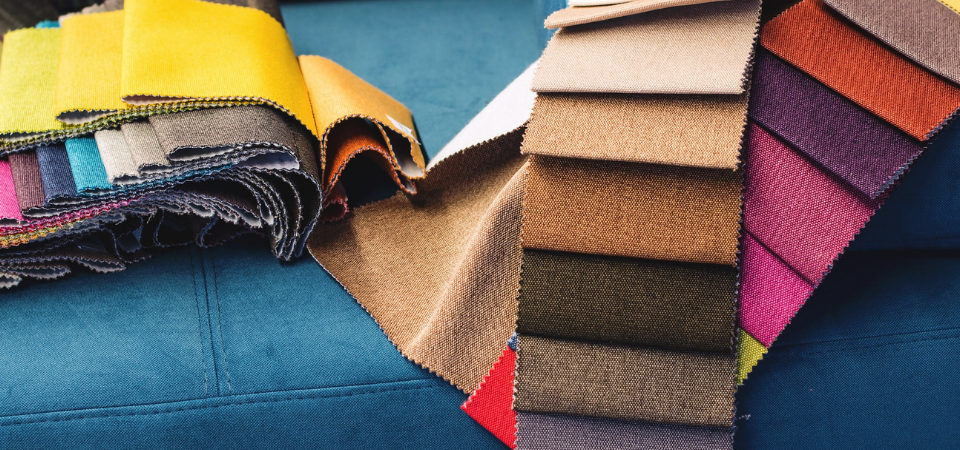
Definition of Textile Engineering and Its Importance in Textile Industry
October 12, 2023
Empowering Style and Sustainability with Recycling Clothes
October 16, 2023The textile industry is a very important sector because it plays an important role not only in the production of daily clothes but also in the production of important equipment. Textile products are used in a wide variety of fields according to their properties. One of the most important things that determines the properties of products in the textile industry is the raw material used, and these materials have great importance in many ways. Raw materials in the textile industry come to the fore at many stages, from being effective on the cost of the product to supply chain management. In addition to these, the materials used in production also have a great importance for sustainability. Raw materials produced in quality and organic conditions give the manufacturer competitiveness with its much more durable structure and environmental support than usual. For these reasons, raw materials in the textile industry are very important for both the manufacturer and the consumer, and this is one of the points to know.
What Is the Raw Material in the Textile Industry?
The textile industry is of great importance because of the versatile products it produces. Clothing and home textiles stand out in the production of many products. The basis of this production phase is the raw material used. Raw materials in the textile industry consist of natural or synthetic fibers. According to the material used gives many ideas about the product. Features such as durability, breathing, and lightness vary depending on the raw material used. In addition, raw materials in the textile industry determine how sustainable the product is. Natural fibers produced with an environmental approach under organic conditions are among the sustainable raw materials. Fibers such as cotton produced by synthetic and traditional methods are unsustainable and cause great harm to the environment. In this respect, raw materials also play an important role in sustainable fashion.
Importance of Raw Materials in the Textile Industry
Raw materials in the textile industry have great strategic importance in many ways. The most prominent point is the effect of raw materials on cost determination. The cost of a product is shaped according to the fabric used. The raw material cost required for the fabric also determines the cost of the product by almost 60%. Both affordable and quality raw material selection is a factor that gives competitiveness at this stage. In addition to these, raw material is a big determinant of product quality and features. These materials can determine how durable, aesthetically eye-catching, and comfortable the product is. A poor-quality raw material causes the product to be rapidly deformed and turned into garbage, so the choice of material is very important. It also shapes the raw material design phase. Some items are not suitable for painting or printing, while others show the design much better.
What Are the Different Types of Raw Materials in the Textile Industry?

Raw materials are divided into two categories. These categories are synthetic and natural materials. These substances have different features and each feature can be used for different products. Whether it is cost, sustainability or features, each of them is of great importance and needs to be learned in detail.
1. Cotton Fiber
Cotton is among the most used raw materials in the textile industry. The versatile properties of cotton bring this raw material to the fore in the production of both medical and daily clothing. Due to its structure, the cost can be reduced by easily mixing with fabrics such as viscose and polyester. Since it is a durable, moisture-absorbing, breathing fabric, it is possible to see this raw material in all areas of the textile industry. It is often used in all kinds of daily clothing products, medical supplies, and home textiles such as carpets and curtains. Although it is so popular, it is not a sustainable and environmentally friendly fabric. It causes a large consumption of water and energy during the production phase. For sustainable reasons, organic cotton is a much more useful alternative than cotton produced by traditional methods.
2. Hemp Fibers
Hemp fibers are mainly obtained from the cannabis sativa plant. Hemp fibers take their place among natural fibers and are advantageous in many ways. That’s why they are used as raw materials in the textile industry. Since the production of this fiber is not very common, it is a high-cost option. But despite this, it takes place among the highly durable and long-lasting fibers. Moreover, unlike cotton, it is a much more environmentally friendly fiber. It needs less water and chemicals during the production phase, so it is quite ideal for sustainable fashion. It is available in both summer and winter as it is among breathable fibers.
3. Fabric
The fabric is a textile product produced by the passage of yarns and filaments made from raw materials. A fabric is obtained with different techniques through threads and this fabric is used as the main material for the textile product. Fabrics are usually produced in the form of knitting and weaving techniques, and depending on this, they can be used in different types of clothing. Also, it is preferred in industrial applications and in the construction of decoration products.
4. Dyes
Dyes are substances used to color fabrics between raw materials in the textile industry. Dyes are preferred for both color and pattern application. There are many different types of dyes with different features, and the dye to be used should be chosen according to the type of fabric. While some fabrics hold the dye directly, some do not hold it due to its structure, so it is very important to choose the most suitable dying method for fabric. Also, some dyes can be preferred for extra durability.These dyes prevent the fabric from wearing out due to washing and support it to maintain its pattern and color.
5. Yarn
The basic material of the fabrics is yarn which can be obtained with many different techniques. Depending on the preferred technique, the characteristics and cost of the yarns vary. Yarns that determine the texture of the fabrics can be produced from different materials. Usually, materials such as cotton, wool, polyester, or linen are preferred as yarn in the textile. Raw materials in the textile are one of the main components of industry.
6. Chemical and Auxiliaries
Raw materials in the textile industry not only consist of yarns and fibers but also consists of chemical and auxiliaries. These components are of great importance in the textile industry during the production stage. These chemicals are used in the production stages and the effectiveness of the process is increased. It is generally preferred in stages such as preparation, painting, printing, and finishing.
7. Flax
One of the popular natural fibers is flax. It is one of the indispensable raw materials in the textile industry due to its features. Flax does not cause allergies, it is light and thin, absorbs moisture, breathes, is durable and soft. It is one of the most preferred in daily wear, especially in summer, and an ideal fiber for babies and sensitive skin. This fiber is often used in both home textiles and everyday clothing, as it is not easily deformed. Although it is a quick wrinkle and costly fiber, it is quite advantageous due to its properties.
8. Jute
Jute is used as a raw material in the textile industry and is a natural fiber. It is also called gold fiber for its color. It is a remarkable raw material because it is both low-cost and has many features. It is used in carpet and decorative items in home textiles, and in the construction of bags and sacks. Being a highly durable and sustainable option, among the raw materials in the textile industry makes this fiber important.




